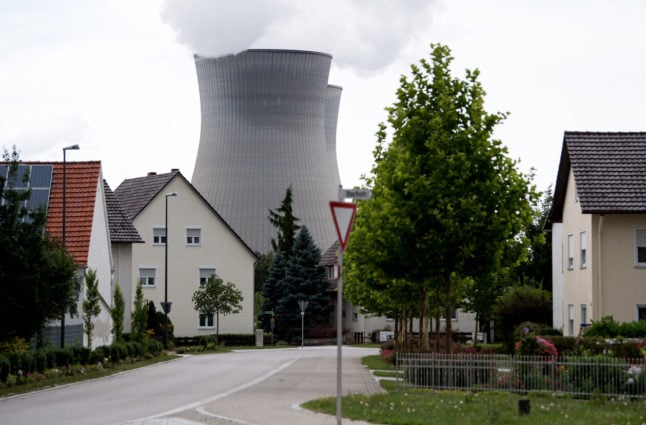Besson, who met his counterpart Miao Wei and officials from the Chinese nuclear industry, told AFP he had proposed that “China and France pull together all the lessons of the Fukushima nuclear accident for existing nuclear reactors and for the future.”
Energy-hungry China has 14 active nuclear reactors and is building another 25 to drive its rapidly expanding economy.
It aims to multiply by five or six times the electricity it produces from nuclear energy by 2020, according to the World Nuclear Association.
Besson said he had learned from Chinese officials that “in the coming months China would provide its new installed capacity targets for 2020-2030.”
Following the Fukushima accident triggered by a massive earthquake and tsunami last March, Beijing announced a review of safety standards and emergency procedures for Chinese nuclear power plants.
China and France “could work together to strengthen the safety level of existing Chinese reactors,” Besson said.
The two countries had finally reached an “agreement in principle to study the feasibility of joint development of a third-generation medium capacity (1,000 megawatt) reactor, mainly for the Chinese market and to benefit the industry in both countries,” the French minister said.
Franco-Chinese cooperation on such a reactor should lead to the development of a reactor derived from the ATMEA1 medium pressurised water reactor, co-developed by France’s Areva and Japan’s Mitsubishi Heavy Industries, an official from the French nuclear power group said two weeks ago in Paris.
Before visiting China, Besson travelled to Japan where he spent 50 minutes at the Fukushima nuclear power plant site.


 Please whitelist us to continue reading.
Please whitelist us to continue reading.
Member comments